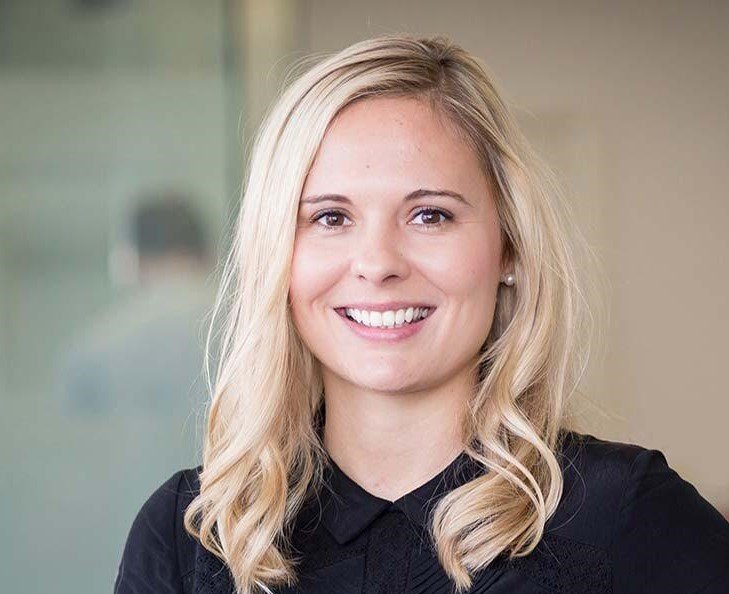
Build Your Financial Model Syllabus
4 hours of instruction + one 30 minute 1:1 office hour
Program Overview
By taking this course, you will develop a strong foundation in financial modeling and gain practical skills in forecasting, risk management, and performance analysis. At the end of this course, you will be better equipped to communicate financial insights effectively and build a strong financial strategy.
This course is designed for anybody who needs to design and build a basic financial model and is suitable for early-stage companies. Basic accounting concepts and terminology will be beneficial.
This course includes instruction hours, time for Q&A using real life examples as well as mentoring hours.
Instructor
Candice is a Finance Director with a passion for helping VC and PE backed companies enhance their knowledge of financial information to drive growth. Her experience includes Finance Director and CFO roles for various private equity-backed businesses in both London and Europe. Candice served as Director of Finance at Lyft and is a seasoned mentor with 500 Global. Candice is a UK qualified Accountant, holds an MSc in Strategic Business Management, and is currently completing her Ph.D. in Corporate Finance through Auckland University.

Part 1 Schedule
Day 1
Introduction to Financial Modeling
Structure of a basic financial model
Excel basics & and commonly used functions
Formatting and presentation
Cleaning up historic data
Modeling do’s and don’ts
Best practice for ensuring accuracy and input validation
Day 2
Developing a Financial Strategy
Identifying company drivers
Developing assumptions
Unit economics
Forecasting methods
Performance metrics
Sensitivity analysis, scenario testing
Day 3
Case Study Workshop
Apply what we have learned so far using an example to identify company drivers, build the assumptions, and forecast the income statement and balance sheet.
Day 4
Build Your Financial Model
Apply what we have learned so far using an example to identify company drivers, build the assumptions, and forecast the cash flow statement.
Identifying cash flow/funding requirements
Scenario testing & decision making
Summary
End the program with a recap of each topic and key learnings.

